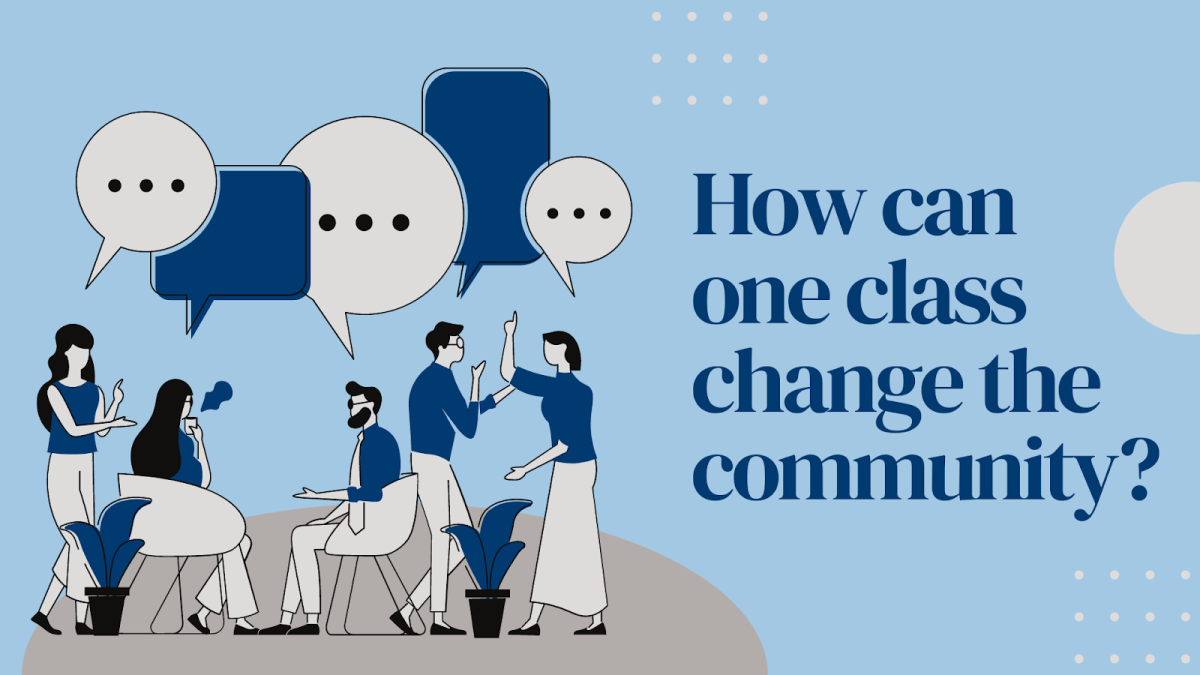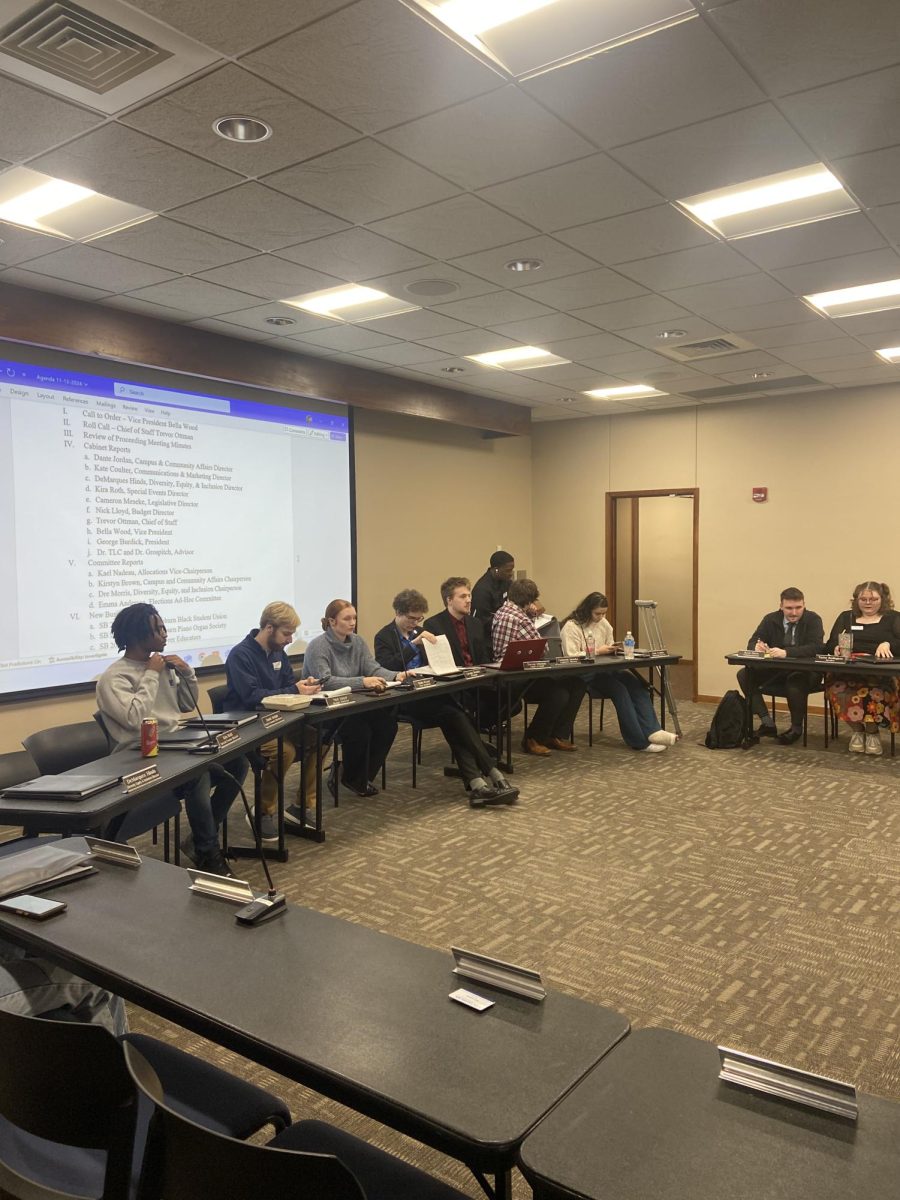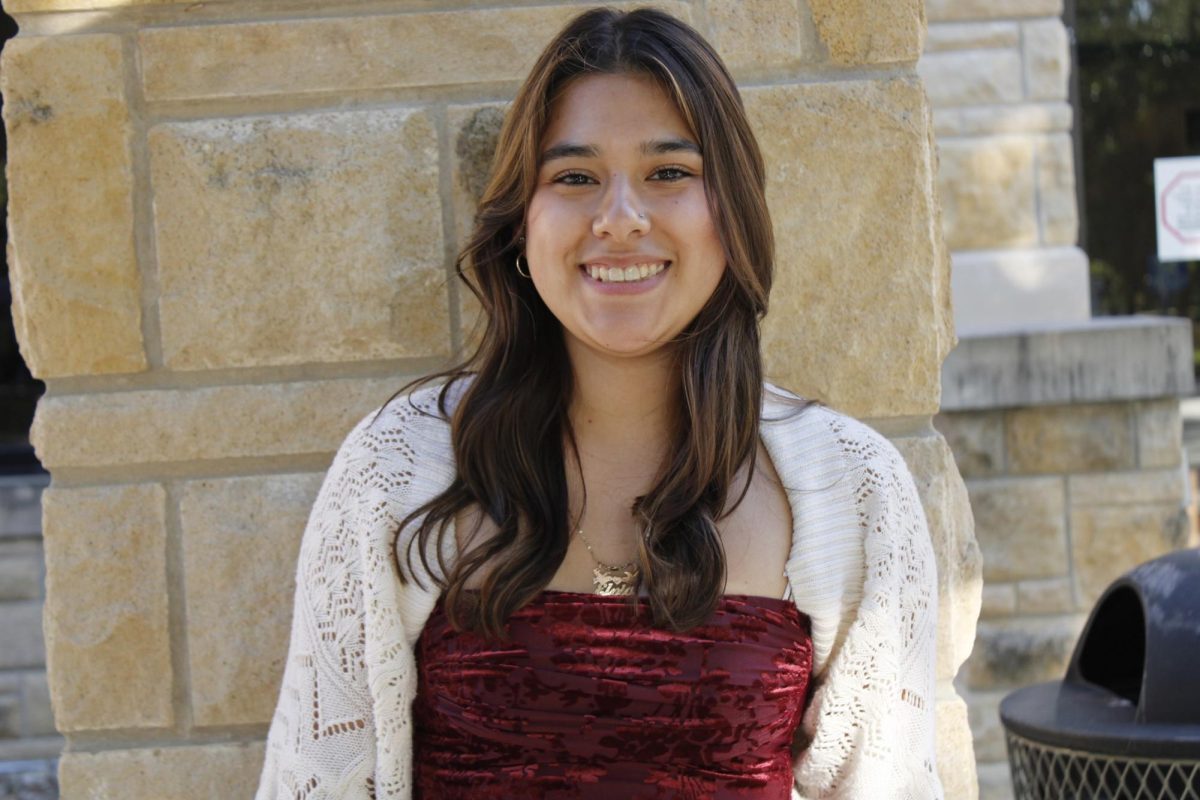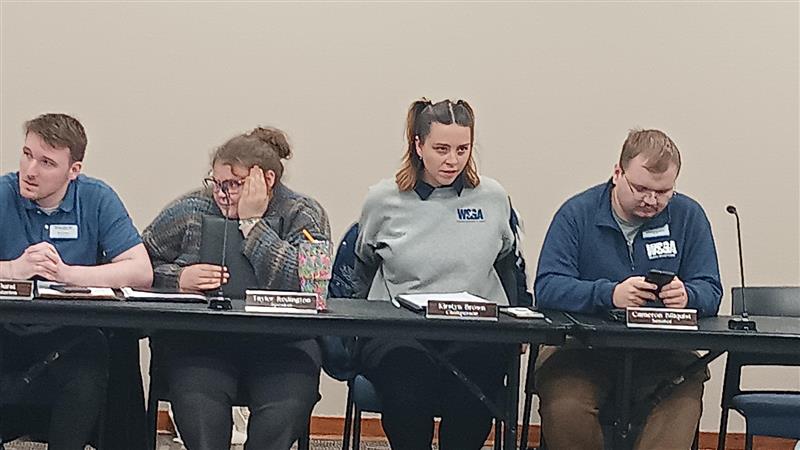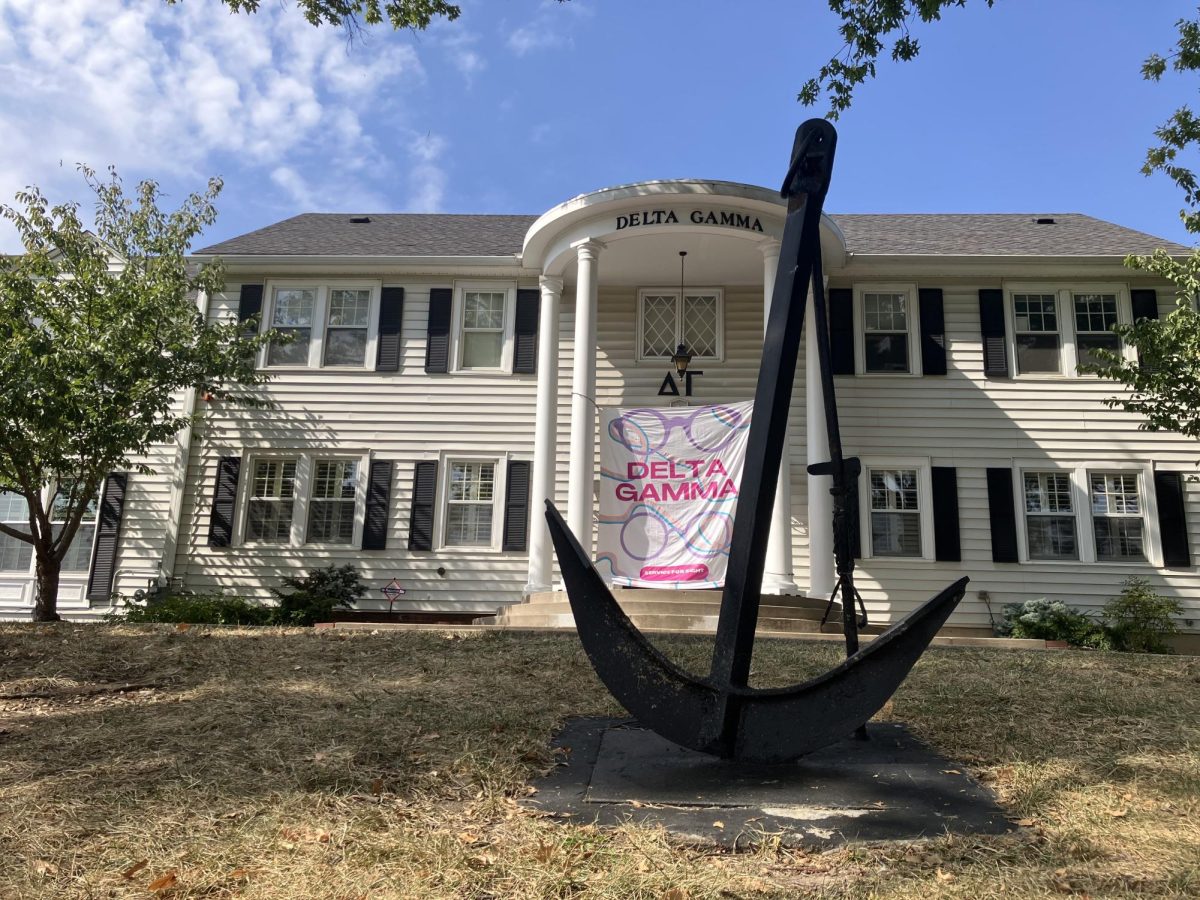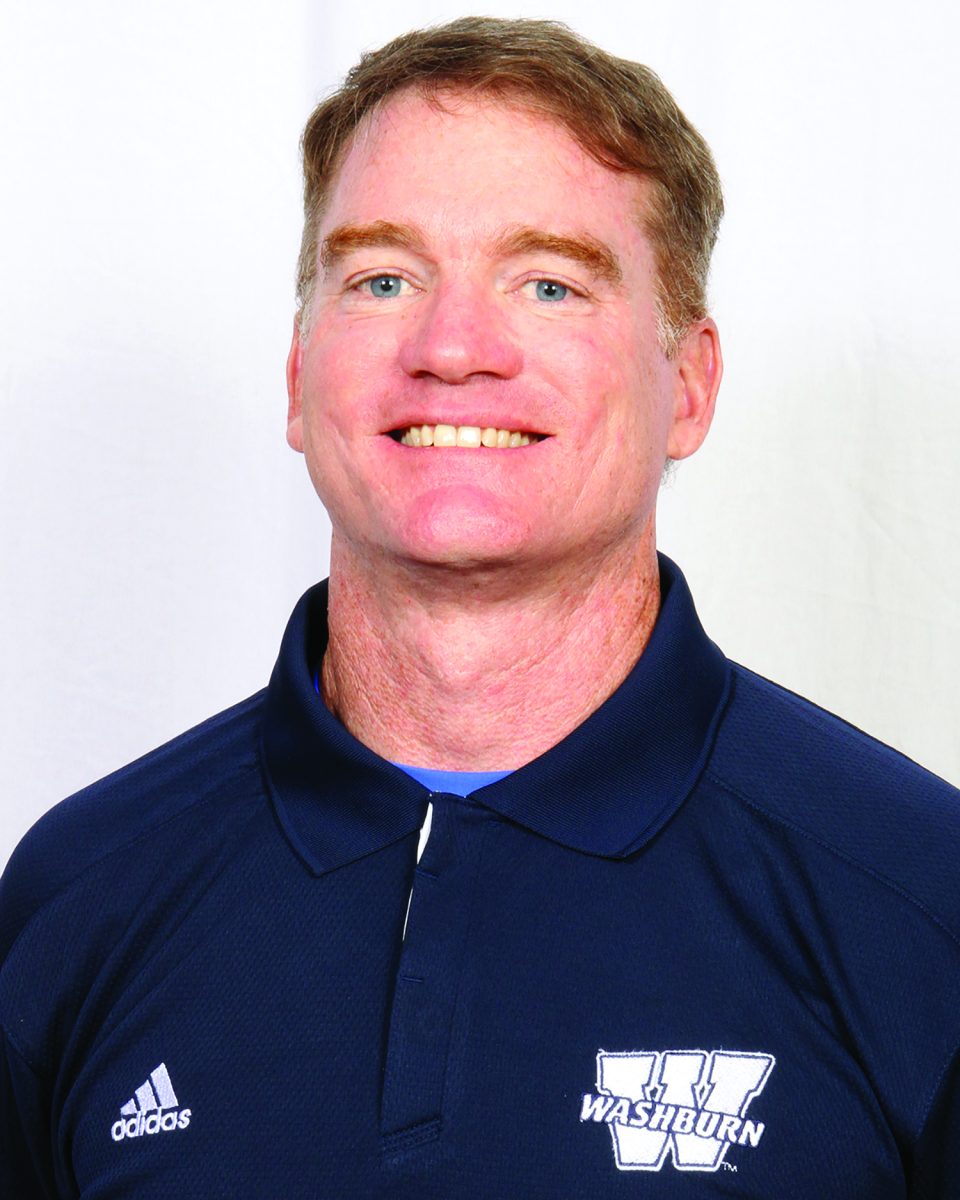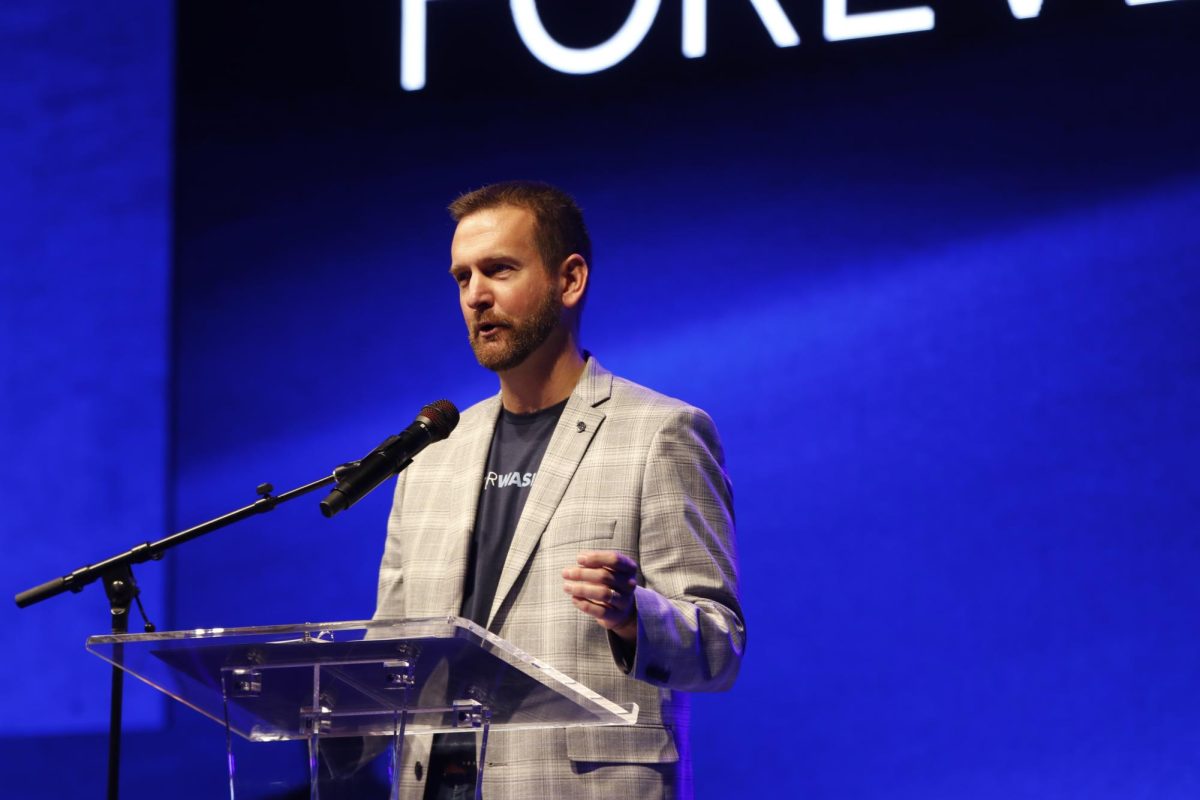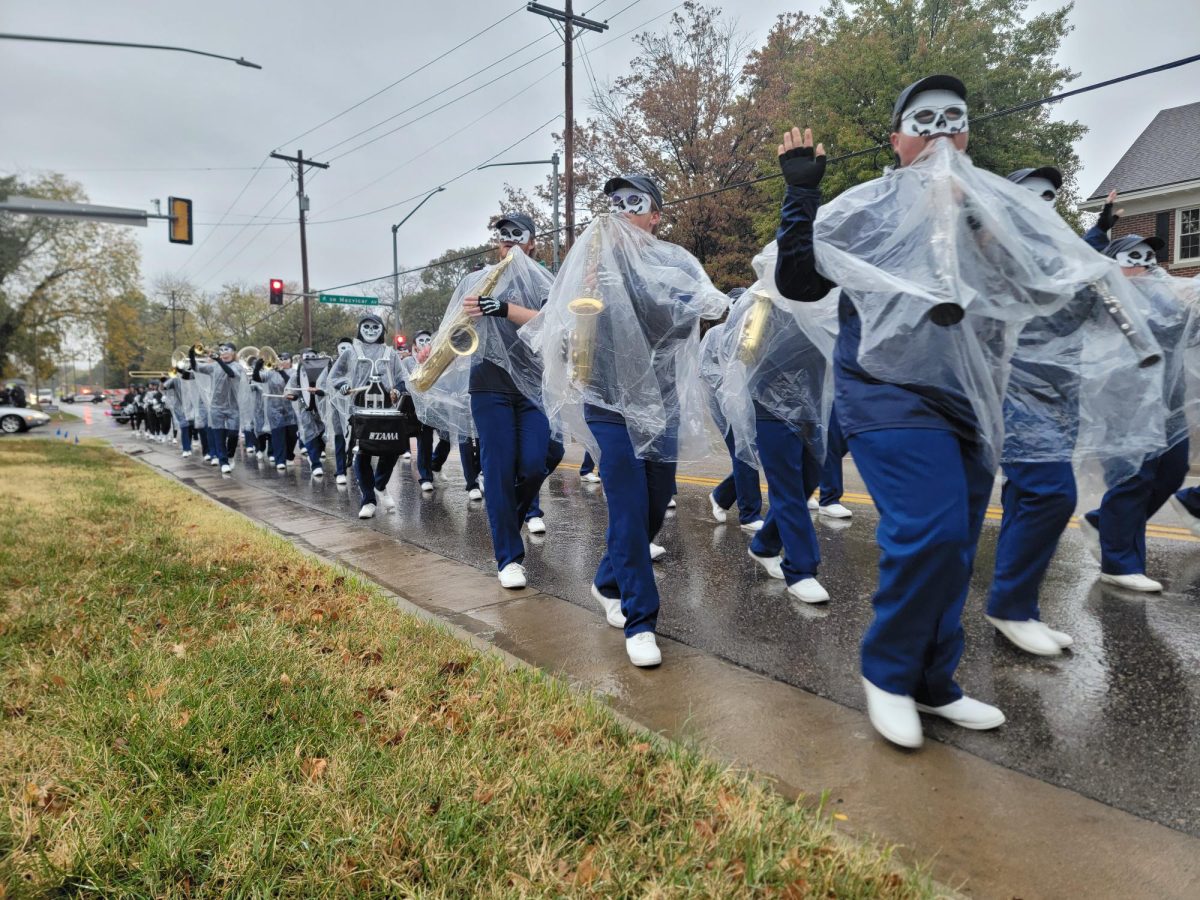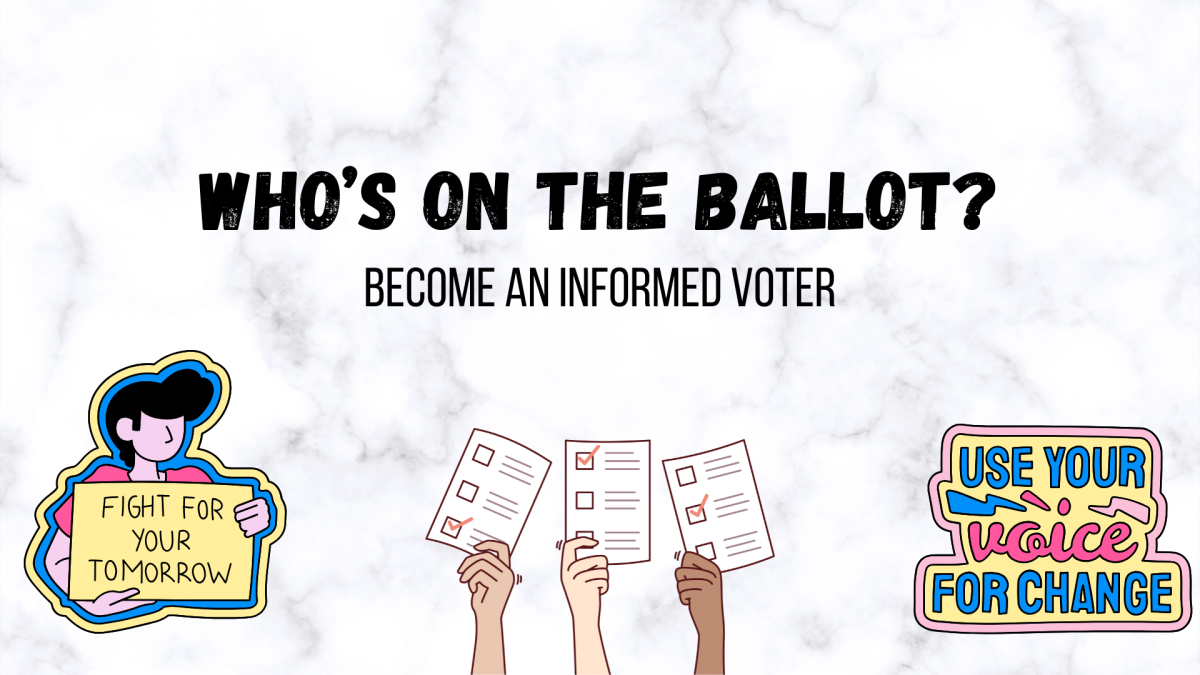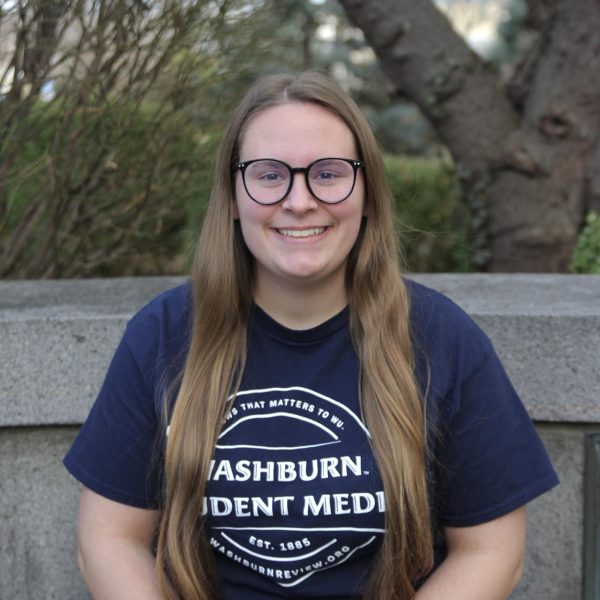Washburn students are offered a new way to connect with their community
Community involvement plays a large part in Washburn’s mission statement. Topeka and Washburn are intertwined through many different events and activities in numerous departments on campus.
“Washburn, Topeka and Shawnee County play an integral role in the success of one another,” said Lori Hutchinson, executive director of strategic communications and marketing. “Everyone benefits when the university and community thrive, making it an even better place to learn, live and work.”
One specific way the university has found to incorporate the community with student academics is with the CE250 Introduction to Community Studies class taught by Jason Miller, associate professor of anthropology and associate director of LinC Center for Community and Civic Engagement.
“The community studies [class] is in an interdisciplinary academic discipline,” Miller said. “We pull from all sorts of different [areas of study] like anthropology and sociology, political science, public admin, history and the arts.”
Miller saw a need for the class due to the negative lens many community members and students view Topeka through.
“A lot of students have really negative opinions about Topeka,” Miller said. “It’s unfortunate because it’s our home, it’s where we live, and [as someone who] lives in Topeka, I want to help make Topeka the best place that it can be.”
This fall will be the second year the class has been offered at Washburn and is now an intro course in the new community studies minor. By adding this program as an option for students, Miller hopes to build a connection between Washburn, Topeka, students and community members.
The course is presented in two parts. One part is based on answering the questions: What is community? How does it form? Where does it come from? Why does it sometimes seem so hard to build community? The second part involves students going out and familiarizing themselves with Topeka while also taking part in fieldwork studies and activities.
“It’s a community-engaged learning course, which means that students in the course work with community partners on different projects,” Miller said. “This past fall, the students worked with the Neighborhood Improvement Association here in Topeka, and each of the [associations] has a representative in the Citizens Advisory Council, which is part of the city government and really gives local people a voice in city government.”
Just from the handful of students who completed the class last fall, Miller is already seeing the growth and positive outcomes he set out to find while creating the class.
“I really liked seeing the students’ projects come together and seeing how passionate some of them became about their neighborhoods that they were a part of,” Miller said. “One of the students in the class this past year is actually now going to do an internship with her neighborhood because she was so excited about what she was doing, she wanted to continue that work.”
Whether it was finding ways to plant more trees in a neighborhood, thinking about crime issues, talking about how funds should be spent, petitioning to fix potholes, or opening more schools, Miller’s students were involved in bringing positive change to each of their communities.
The response from the neighborhoods in which the students worked has been positive and the community members are looking forward to having a fresh set of ideas come to life with the next round of students participating in the class.
“Just getting a chance to work with college students is really exciting for them and they kept telling me over and over and over again that it was fun for the older community members to get that injection of energy from the students about their neighborhoods,” Miller said.
With the fall semester coming up quickly, Miller is excited to see what new ideas students will bring to the table for the class. In order to reach the most students possible, the course is offered under four different academic categories, which allows students to fit the class into their individualized degree plan.
Overall, Miller and many other members of the Washburn faculty dedicate time and energy into finding ways to better connect with the Topeka and surrounding community.
“Washburn is committed to being a good community partner with a goal of turning Topeka into Washburn’s college town,” Hutchinson said. “We have several initiatives in the works that we believe will generate a lot of energy and excitement. Connecting with our community only enhances the student experience and helps to make life as an Ichabod even more special.”
Miller and his colleagues are still developing and adding new aspects to the course as it is being taught in its first couple of semesters, but the goal of building a better, new and more positive community involvement remains the same.
Edited by Stuti Khadka and Jeremy Ford




